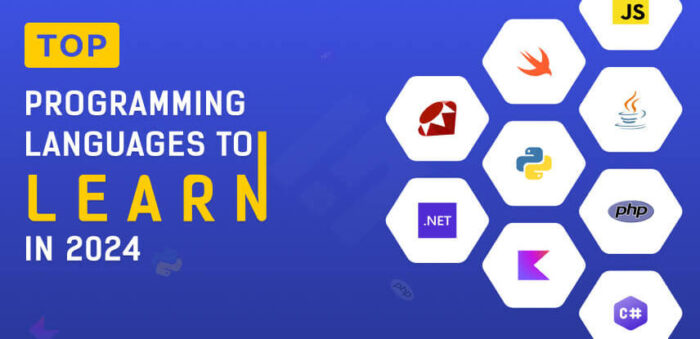Programming languages are an essential part of our digital world. They power everything from websites and apps to advanced AI systems. With new programming languages constantly emerging, it can be hard to know where to start when learning to code. This article will provide a ranking of the top 10 programming languages that are most useful and in-demand in 2024. We’ll explore what each language excels at, its main uses, and reasons to learn it. Whether you’re a coding newbie or experienced developer looking to expand your skills, read on to discover the top coding languages you should consider learning this year. In this article we talk about Top 10 Programming Languages to Learn in 2024.
Table of Contents
1 Python
Python tops our list as the most versatile, popular and beginner-friendly programming language in 2024. Created in 1991 by developer Guido van Rossum, Python stands out for its simplicity, vast array of libraries and readability. Code written in Python almost reads like plain English. This makes Python easy to learn and ideal for new programmers. Python can be used for everything from basic scripting to complex web development, data analysis, machine learning and AI. Key technology companies like Google, Netflix and Instagram rely on Python. With Python in high demand across many industries, it’s a lucrative language to master with abundant job opportunities.
2 JavaScript
Originally created as a scripting language for websites in 1995, JavaScript has expanded way beyond its browser-based origins. It now powers dynamic web experiences, servers, apps, IoT devices and more. JavaScript remains essential for front-end web development. Almost all websites utilize JavaScript, making it a must-learn language for aspiring web developers. Beyond client-side scripting, frameworks like Node.js allow JavaScript to run servers. Meanwhile libraries like React Native enable cross-platform mobile app development. With JavaScript’s versatile skillset and continuous growth, it’s arguably the most ubiquitous programming language today.
3 Java
Java has been a mainstay general-purpose programming language since its release in 1995. It’s known for speed, security and platform independence. A key advantage of Java is its “write once, run anywhere” portability. Java code can run across operating systems and hardware without recompilation. This versatility has made Java a foundation of enterprise applications and back-end web systems. Java is also popular for Android app development. As businesses continue to rely on Java for legacy systems, while also using it to build new solutions, Java programming skills remain in steady demand.
4 C++
C++ is a powerful mid-level language that offers the flexibility of high-level rapid application development languages, along with low-level memory manipulation. Created as an extension of the C language, it was designed for systems and applications programming. C++ runs fast while enabling direct hardware access, making it a top choice for performance-critical domains like game engines, databases and embedded systems. C++ is also heavily used in quantitative finance for complex modelling. Proficiency in an established, trusted language like C++ conveys strong programming fundamentals.
5 C#
Part of the .NET developer framework, C# (pronounced C-sharp) is a general-purpose, object-oriented language built by Microsoft. Released in 2000, C# has similarities with Java but includes many modern language features like type inference, async/await and more. A key strength of C# is its extensive class libraries and APIs for virtually any task. C# skills are highly sought after due to the language’s dominance in Windows desktop and server-side development. Game development with Unity also utilizes C#. For those interested in building Windows applications or games, learning C# is a wise investment.
6 Go
Go is a relatively new open source programming language developed by Google. First launched in 2009, Go (also called Golang) has quickly gained traction for its speed, simplicity and reliability. Designed for modern multi-core and networked systems, Golang features built-in concurrency and garbage collection. This makes Go adept at building web services, data pipelines and distributed apps. Major tech companies like Uber, Dropbox and Twitch all use Go. It’s also used for DevOps, site reliability and cloud-native development. As interest in infrastructure programming grows, proficiency in Golang is becoming an increasingly valuable skillset.
7 Swift
Created by Apple and first released in 2014, Swift is a general-purpose language optimized for iOS, macOS, watchOS and tvOS development. Swift has rapidly become the standard language for creating iPhone and iPad apps. Its interactive playgrounds and easy syntax make Swift approachable for beginners, while advanced features support complex app development. Swift code executes quickly, runs safely and uses memory efficiently. This all makes Swift ideal for building fast, stable Apple device apps. As consumer demand for apps continues to grow, Swift skills are very lucrative for mobile developers and designers.
8 Ruby
Ruby is an open source scripting language praised for its simplicity and productivity. Released in 1995 by Yukihiro “Matz” Matsumoto, Ruby uses elegant syntax that is natural to read and write. This empowers developers to build complex web apps efficiently. Ruby’s framework Ruby on Rails has been integral to the rapid prototyping movement. Startups and tech pioneers like Airbnb, GitHub, Shopify and Twitch all used Ruby on Rails for their foundations. While Ruby lost mainstream momentum to languages like Python and JavaScript, it retains devoted communities in startups and web development shops.
9 R
Purpose-built for statistical analysis and visualization, R is a popular open source programming language used by data analysts and scientists. Released in 1995, R includes powerful data wrangling, modeling and graphic capabilities. R can import/export data, run complex data transformations, apply machine learning algorithms and create detailed graphs all with simple scripts. Extensive libraries expand R’s functionality for statistics, econometrics, finance, geospatial imaging and more. For those pursuing careers in data science, bioinformatics, analytics and related fields, learning R is highly recommended.
10 SQL
SQL (Structured Query Language) has endured as the standard database language since initial release in 1974. It is used to manage and manipulate relational databases such as MySQL, Oracle, SQL Server, Postgres and more. Nearly every mainstream database system supports SQL commands. It remains essential for tasks like data definition, querying/processing data, administration and more. Programmers also embed SQL statements into application code to interface with databases. With data storage and analysis so critical across industries, database development skills like SQL are an asset for technologists.
Conclusion
We hope this overview has helped highlight programming languages that are impactful to learn in 2024 and beyond. When deciding which language to learn, consider your goals and interests. Web development? Go with Python, JavaScript and maybe Ruby. Building apps? Swift and Java are safe bets. Game developer? C++ and C#. Analytics role? R and Python have you covered. There are many paths into programming – identify languages aligned to your desired direction. With consistent practice almost any language can be mastered. The demand for programmers continues rising rapidly. Now is a great time to learn to code and build skills in one or more of these top programming languages. I sincerely hope you find this “Top 10 Programming Languages to Learn in 2024” article helpful.

Zayn Shaikh is a tech analyst at SortingTech.com, where he focuses on streaming, technology, and the latest methods and tricks for cord-cutting. With a Bachelor’s degree in Computer Engineering and 4 years of industry experience, Zayn is dedicated to simplifying complex tech trends and providing actionable insights. His expertise covers a broad range of topics, from emerging technologies to practical tips for enhancing your digital life. For up-to-date tech advice and facts, connect with Zayn on Instagram.





![How To Delete A Video From Vimeo Easily [Android, PC Or Mac] How To Delete A Video From Vimeo Easily [Android, PC Or Mac]](https://i2.wp.com/moviemaker.minitool.com/images/uploads/2022/01/how-to-delete-a-video-on-vimeo-thumbnail.jpg?w=150&resize=150,150&ssl=1)

